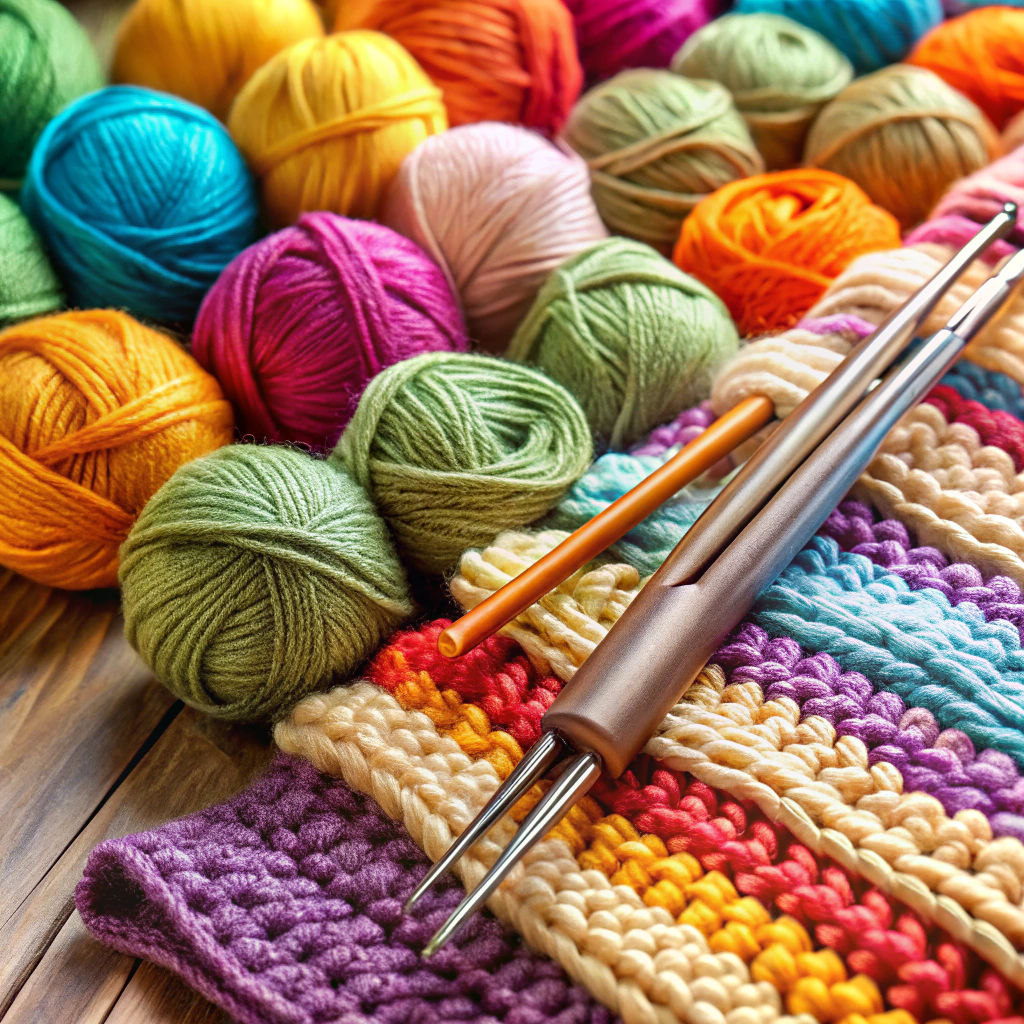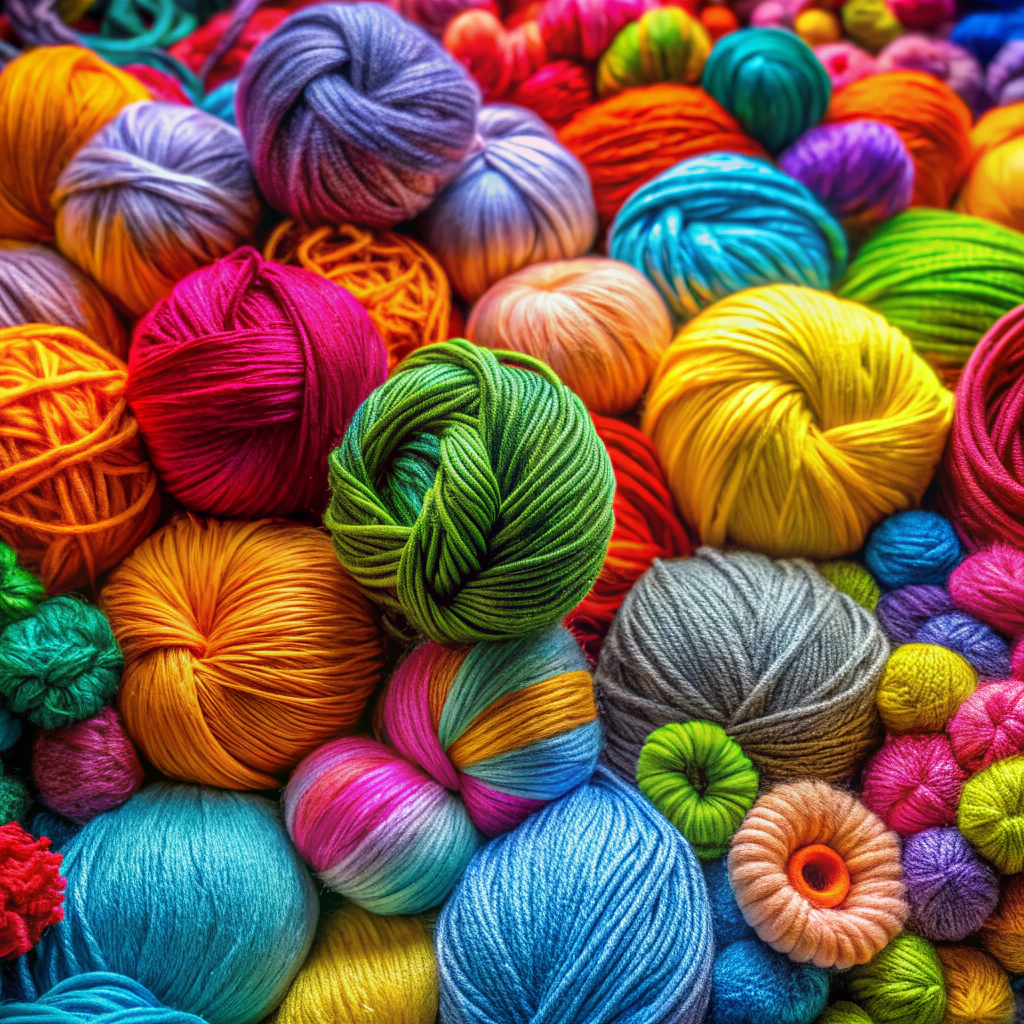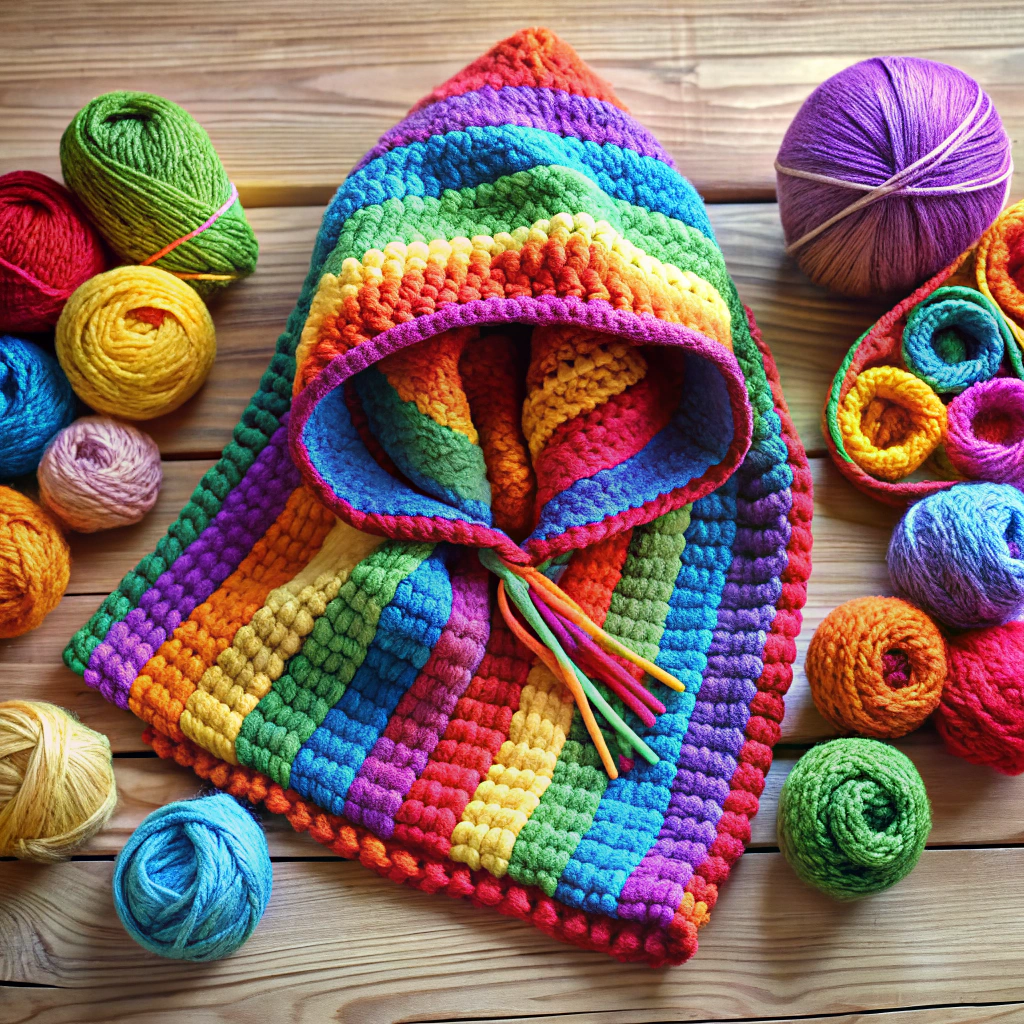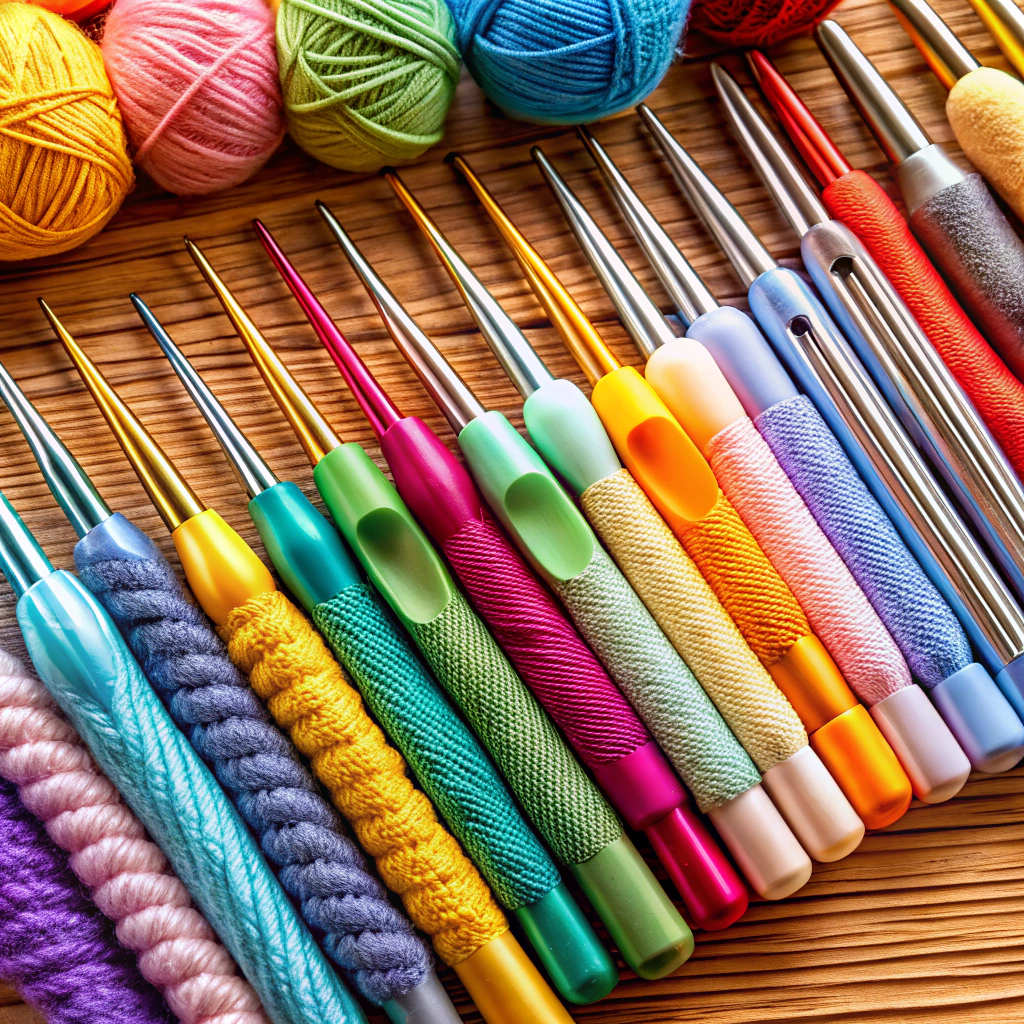Learn how to master the half double crochet decrease to create smooth, professional-looking decreases in your crochet projects.
So, you’ve decided to tango with the half double crochet decrease, also known as “hdc2tog,” and you’re determined to make this crochet maneuver your loyal sidekick. Whether you’re looking to shape a hat, contour a sleeve, or simply avoid a yarn catastrophe, you’ve latched onto the right place. This guide will equip you with the perfect hook, the best yarn, step-by-step wizardry, and tips to dodge common faux pas. Grab your hook, channel your inner crochet wizard, and let’s turn those pesky decreases into delightful stitches!
Key takeaways:
- Choose the right hook size and yarn weight for success.
- Understand the symbol “hdc2tog” for half double crochet decrease.
- Follow step-by-step instructions for an hdc decrease.
- Avoid common mistakes like not inserting the hook correctly.
- Use consistent tension and count stitches for consistency.
Materials Needed
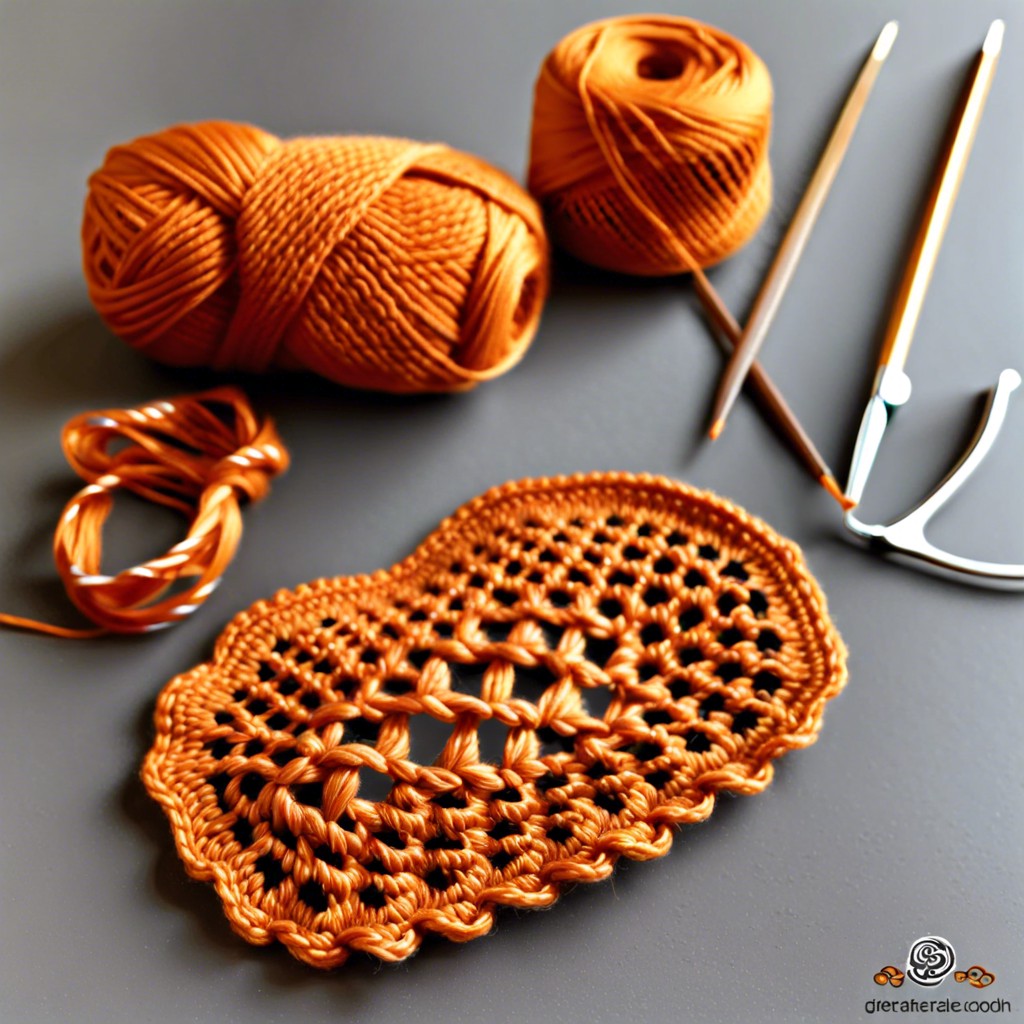
Grab your favorite crochet hook and some yarn. Yup, that’s pretty much it! But let’s go a smidge deeper:
- Hook Size: Choose a hook size that matches your yarn weight. This avoids any Goldilocks situation—too tight or too loose, we want just right!
- Yarn: Opt for medium-weight yarn if you’re just practicing. It’s easier to see those tiny stitches.
- Stitch Markers: They’re the bread crumbs in your crochet journey, helping you keep track of where the magic happens.
- Yarn Needle: Great for weaving in those pesky yarn tails. A tapestry needle will do the trick.
Happy stitching!
Understanding the Symbol
In crochet patterns, the symbol for a half double crochet decrease is usually an abbreviation like “hdc2tog.” It’s a mouthful, but that’s crochet lingo for you. Think of it as shorthand; only instead of passing notes in class, you’re passing yarn through loops.
First off, this symbol appears to let you know it’s time to merge two stitches into a single stitch. Less yarn, more flair. You’ll often find this symbol in shaping parts of a pattern, like sleeves or hat crowns, where the fabric needs to narrow.
Remember, the abbreviation might seem like jazz improvisation, but it’s essential jazz improv for your hook. So, hdc2tog could easily become your secret crochet ninja move. Who knew abbreviations could be so powerful?
Step-by-Step Instructions
Start by yarning over (yo), just like you would for a regular half double crochet (hdc). Next, insert your hook into the stitch where your decrease will begin. Yarn over again and pull through the stitch. Now you should have three loops on your hook.
Here comes the fun part—insert your hook into the next stitch. Yes, the next one! Yarn over and pull through. Congrats! You now have four loops on your hook.
Time to decrease. Yarn over once more and pull through all four loops on the hook. Voilà! You’ve turned two stitches into one and performed an hdc decrease like a pro.
Repeat these steps as needed in your pattern, making sure to keep your tension even. Crocheting is like yoga for your hands—keep it relaxed but firm.
Common Mistakes
One tricky slip-up is not inserting your hook into the right stitches. It’s like trying to make toast in a washing machine; it just doesn’t work! Make sure you’re consistently placing your hook under the top two loops of each stitch to keep your project from becoming an abstract art piece.
Another common goof is forgetting to yarn over before pulling through loops. Missing this step is like forgetting the cheese in your grilled cheese sandwich. Just…why? Yarn over, pull through, and voilà!
Tension troubles can also trip you up. Too tight, and your project morphs into a fortress; too loose, and it sags like an old pair of sweats. Keep it Goldilocks-style: just right.
Remember to count those stitches! Skipping a stitch here or there might seem like an innocent crime, but it’s one that will unravel faster than you can say “frogging.” Counting is crucial!
Tips for Consistency
Use the same tension for each stitch. Uneven tension can create a wobbly mess instead of a smooth fabric. Keep your hands relaxed!
Count your stitches often. It’s easy to lose track, and suddenly your neat little project resembles the leaning tower of Pisa. Count every row to avoid unpleasant surprises.
Practice makes progress. Got some yarn that looks like it lost a fight with a lawnmower? Perfect! Use it to practice. Even the pros practice to stay sharp.
Stay consistent with hook size. Switching hooks mid-project is like bringing a spoon to a knife fight. It won’t end well—stick to the plan!
Check your pattern until it’s burned into your memory. Misreading a row can lead to a frogging nightmare. Familiarize yourself with the pattern to crochet with confidence.
Photo Tutorial
Got your yarn and hook ready? Excellent! Let’s dive into some step-by-step photo action.
Start by yarning over and insert the hook into the next stitch. Pretty straightforward so far, right?
Now, yarn over again and pull up a loop. You should have three loops on your hook, looking like a tiny yarn train!
Yarn over once more and insert the hook into the next stitch. Pull up another loop. Now, this is where the math spiders start crawling on your hook – you’ve got four loops.
Finally, yarn over and draw through all four loops. Presto! You’ve just completed a half double crochet decrease. Cue the glamorous confetti.
Remember, clear photos make all the difference. Make sure your lighting is good and your stitches are visible. If your stitches start looking like a yarn monster, just rewind and try again. Keep your stitches relaxed, no yoga poses required.
Applications in Patterns
Finding a pattern that asks for a half double crochet decrease? You’re about to spice things up! Working on a snug beanie that’ll keep your ears toasty? Half double crochet decreases add the perfect curve. Creating a cozy amigurumi critter? The decrease pops in to help shape those adorable limbs and round bodies.
Not just for practical uses, this stitch also adds texture and unique flair. Need to narrow the waist of a sweater? Half double crochet decreases to the rescue. They lay flatter than double crochet decreases, making them less bulky in garments.
Blanket patterns often use them for shaping, ensuring your blanket doesn’t end up as a lopsided trapezoid. Because trust, you don’t want your cozy movie night ruined by wonky edges.
